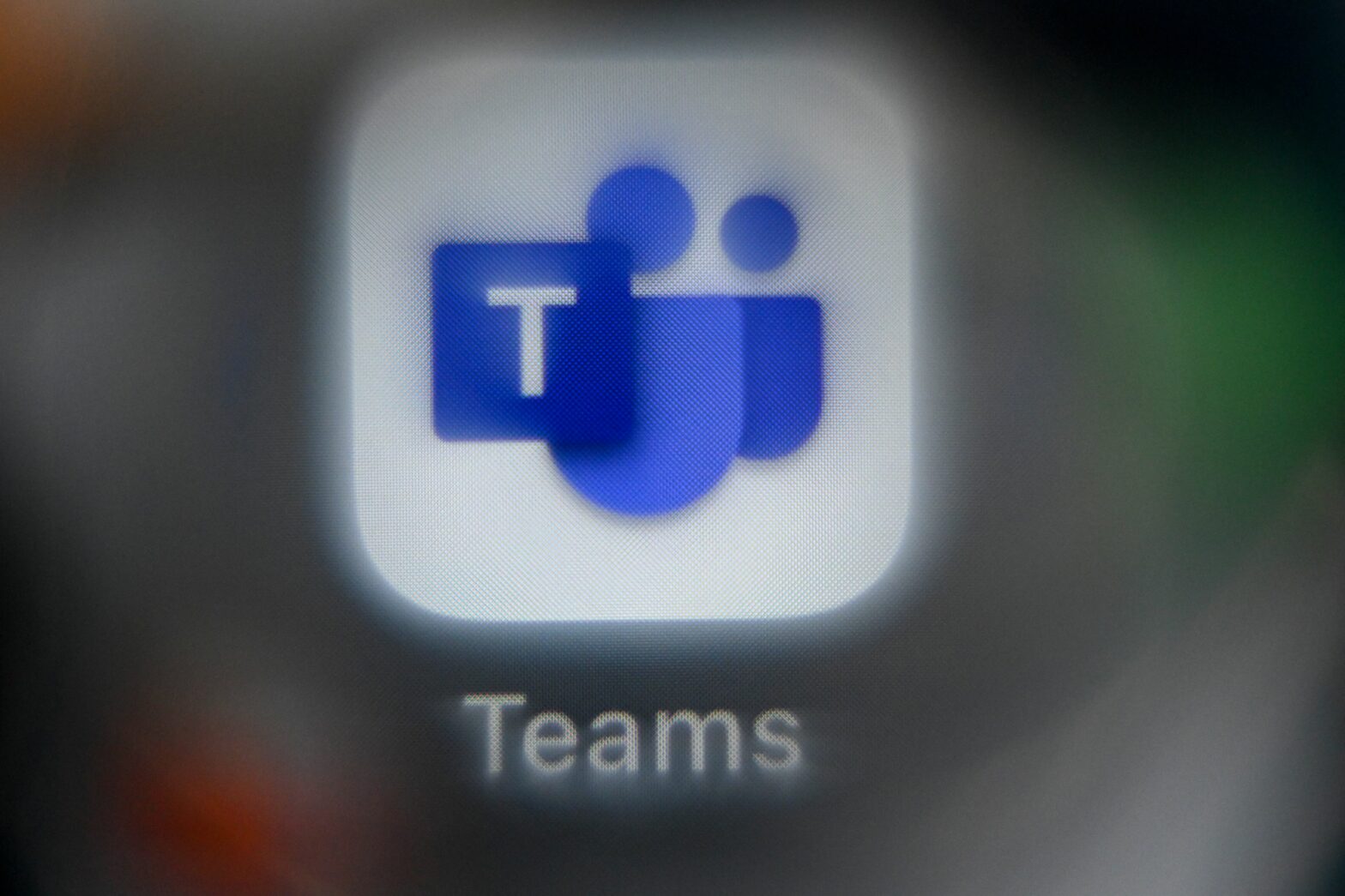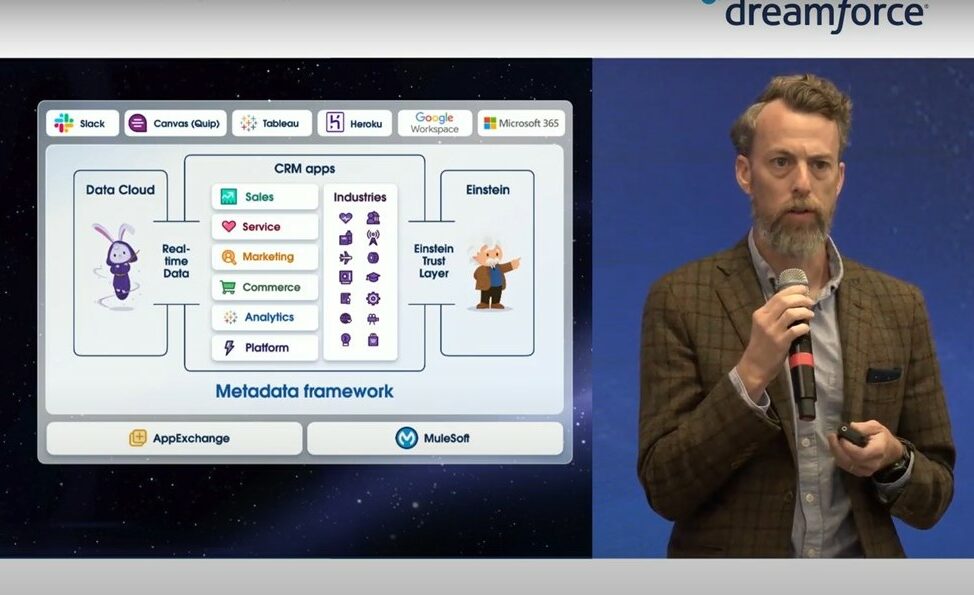If there’s one thing today’s organisations can agree on, it’s that the world has changed. In the words of Tony Mooney, former Managing Director, Insight & Decision Science at Sky, “we are now living in a world that is volatile, uncertain, ambiguous and complex.”
As the environment has evolved, so have our techniques for understanding, measuring and motivating people and groups.
Struggling to keep up
The modern consumer is transitioning from digital-first to digital only and they expect every business in every industry to achieve “digital parity.” In other words, your business needs to be as easy to do business with as the best of what your customer has encountered online and in self-service solutions.
>See also: 8 predictions for digital marketing in 2017
And it’s not just in the digitally native millennial generation where this transition is occurring. These changes are being realised across the generations as customers who aren’t millennials have been influenced by a millennial outlook.
As a result of these changes, our expectation of brand responsibility has evolved as has our interaction with brands in a data-driven world.
Over the last decade we’ve seen a plethora of marketing technologies thrust upon us to harness this new world view and at the same time, influence it. From SMS, web analytics, mobile apps, web personalisation, recommendation engines, conversion optimisation platforms… The list goes on.
The upshot of the investment in these myriad technologies is that it has created many disconnected silos across the organisation, each with their own set of rules and logic, focused on an individual channel and that frequently don’t speak well together.
Unfortunately for consumers the end result is a fragmented and inconsistent experience and marketers find themselves still failing to deliver a stellar customer experience.
>See also: Overcoming obstacles to digital marketing automation
Customer experience has been at the core of conversations about engagement for the last few years. The goal? To interact with customers with the most relevant communications at the right time via the right channel.
There needs to be understanding of a customer’s attitudes preferences, interests and needs. These must then be balanced with an understanding of customer lifetime value, propensity and risk to make accurate and profitable decisions about the right content, the right offer, the right price or the right product. If this can be achieved at the moment of customer engagement, then those brands won’t be the ones that get left behind.
The real-time opportunity
When we are managing outbound communications to consumers, planning email or direct marketing campaigns, we have time to consider all of the inputs from both a customer insight perspective and an internal business perspective before deciding on the most relevant content.
But when a customer proactively engages with us, over the web, via an app, with a call centre agent or in person, we have just milliseconds at worst and seconds at best to make the most accurate and profitable decision. This becomes a major challenge.
>See also: Are businesses failing to track the return on digital marketing spend?
According to our recent research, speaking to key decision-makers in consumer organisations, one in five believe the ability to interact with customers and adjust those interactions in real-time (based on the most up to date insight and context), would see revenues jump by as much as 20-40 percent. The majority of decision-makers expect revenues to increase by at least 10 percent.
Daragh Kelly, Data Strategy & Innovation Director at Sky, echoed the thoughts of Tony Mooney at the Forum, saying the key to achieving this is “improving all of the small decisions that are made by organisations when they interact with customers”.
Small decisions are those made in response to an individual customer’s choices and a focus on small decisions offers benefits through a multitude of applications; improving the management of risk and the matching of price to risk; reducing or eliminating fraud and waste; increasing revenue by making the most of every opportunity; and improving the utilisation of constrained resources across the organisation, all whilst delivering a superior customer experience.
Organisations need to adapt from making decisions at the speed of the organisation to making decision at the speed of the customer.
>See also: 5 ways digital transformations will evolve in 2017
For instance, if a customer chooses not to engage with an offer online, based on all the information known about that individual including their lifetime value, propensity and attitudes, as well as new contextual information (e.g. their location, the device they’re using etc), they can be served a more suitable alternative within seconds.
Planning and process
To remain relevant in increasingly competitive and disruptive markets and to meet the expectations of the modern consumer, organisations need to put a framework in place to enable them to make better ‘small decisions’ at those moment of customer interaction, which are the true ‘crunch’ moments for individual customers.
Permanent TSB is one organisation that has started to implement such a framework. Underpinned by in depth and advanced customer analytics, the organisation has moved from engaging with customers via outbound only calling campaign structure to developing an omni-channel engagement framework. Through customer analytics, the organisation has been able to prioritise activities and deliver services, offers and updates highly tailored for individual customers.
Businesses like Allied Irish Bank have made analytics a key strategic pillar, with buy-in from the C-level down through the organisation. Customer analytics is being used to drive informed and accurate decision-making right across the business.
>See also: The great struggle: delivering personalised digital experiences
Consumers don’t think in channels. They just want to do business with you in a way that is easy, consistent and relevant, regardless of how and when they interact with you.
This means they expect you to know them as a customer, to understand their previous engagements and transactions with you and to use the data they make available to you.
Only then can you deliver a personalised and relevant experience, every time. Broad brush segmentation approaches to customer interactions based on rules and demographics will no longer cut it.
Instead businesses need to get to a segment of one. Making analytical decisions, based on an in-depth understanding of each individual customer and making those decisions at the speed of the customer rather than at the speed of the organisation, is the key to delivering the superior customer experiences now being demanded by all consumers.
Sourced by Tiffany Carpenter, head of Customer Intelligence at SAS UK & Ireland
The UK’s largest conference for tech leadership, TechLeaders Summit, returns on 14 September with 40+ top execs signed up to speak about the challenges and opportunities surrounding the most disruptive innovations facing the enterprise today. Secure your place at this prestigious summit by registering here










